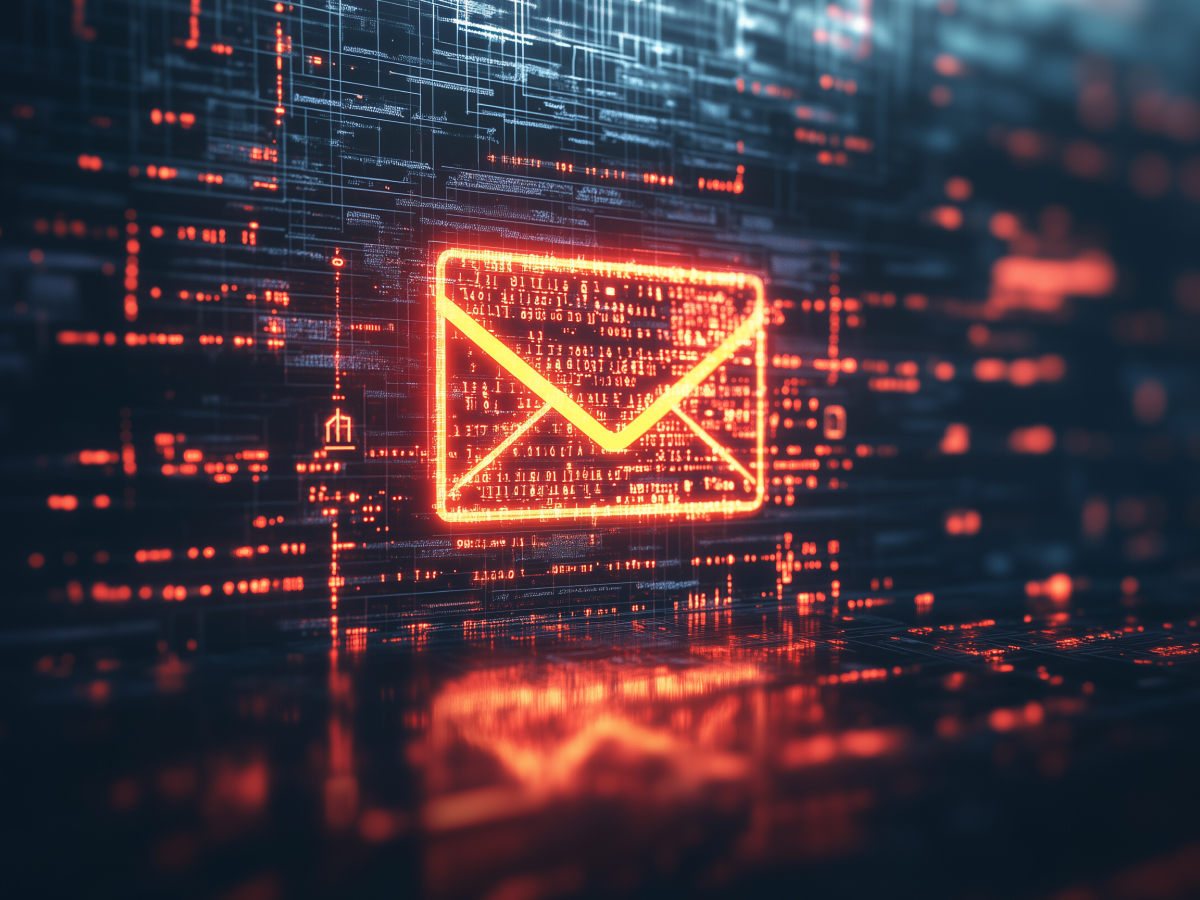Expanding email authentication
Email is broken. Or at least, it’s been a gaping security hole for decades. Hackers love it because it’s easy to exploit. Fake emails, spoofed domains, simple tricks, massive damage. But there’s a fix. And now, most IT leaders agree: we need to take email authentication further.
A year after Google and Yahoo tightened security with email authentication protocols like DMARC, 87% of IT decision-makers want those rules expanded. Why? Because phishing and email fraud don’t go away on their own. When bad actors can impersonate legitimate senders, they wreak havoc, stealing data, installing malware, or just causing chaos.
Stronger authentication forces email senders to prove they are who they claim to be. No proof? No delivery. It’s a simple concept, but one with massive implications. And it’s time to push these rules across the board.
Google and Yahoo set the standard
Big players like Google and Yahoo changed the market last year. They set new email authentication standards, effectively telling businesses: “Secure your email, or get blocked.” The impact was immediate.
A full 77% of organizations that adopted new email security measures did so because of these policies. That’s influence. And it worked, DMARC adoption jumped from 37% to 45% in just one year.
Companies saw the writing on the wall: evolve or risk exposing your business to relentless phishing attacks. And now, the market is moving in the right direction. The question is, will companies go all-in or just do the bare minimum?
Confidence in email security is rising
Here’s a good trend: IT leaders feel more confident in their ability to fight phishing. The number of security pros who say they are “very confident” in their email defenses has climbed from 27% to 36%. That’s progress.
“But let’s be real, 36% isn’t enough. That means nearly two-thirds of IT leaders still don’t trust their own email security. And that’s a problem.”
A year ago, only 29% of IT professionals even knew about email authentication requirements. Now, that’s changing. More awareness leads to better security. And better security leads to fewer breaches.
The challenge is making sure companies are actually taking meaningful steps to protect themselves. Security is a mindset, not a setting.
DMARC
DMARC (Domain-based Message Authentication, Reporting, and Conformance) isn’t some obscure IT protocol. It’s a powerful defense against phishing and spam. And it works, when implemented correctly.
Here’s what the data says: 81% of organizations using DMARC say it meets their expectations in reducing phishing and spam. Another 15% say it actually exceeded expectations. That’s 96% satisfaction, unheard of in cybersecurity.
And yet, some companies still hesitate. Why? Because implementing DMARC properly takes effort. It requires domain alignment, policy enforcement, and monitoring. But the return is clear: fewer fake emails, fewer scams, and a massive drop in the risk of security breaches.
Meanwhile, Google and Yahoo’s email security mandates have had 85% approval from IT leaders, proving that these changes were overdue.
Basic security isn’t enough
“Too many businesses are half-committed. They implement DMARC but don’t take it far enough. A weak security policy is as bad as no security at all.”
Gerasim Hovhannisyan, CEO & Co-founder of EasyDMARC, is clear on this: “Businesses need to go beyond basic implementation and move toward a ‘p=reject’ policy.” What does that mean? Simple: instead of just flagging suspicious emails, reject them outright. No exceptions. No loopholes.
Google and Yahoo proved that incremental security improvements can change the industry. Now, it’s time for businesses to do the same. If organizations don’t step up, the next big email breach is just a matter of time.
Email security is moving forward. The only question is: will your company keep up?
Key executive takeaways
- Improved email authentication: IT leaders overwhelmingly support stronger email authentication, with 87% advocating for more rigorous protocols to combat phishing and spam. Decision-makers should evaluate and upgrade their current email security frameworks to better mitigate these risks.
- Influence of leading providers: Google and Yahoo’s mandates have set a new standard, prompting 77% of organizations to adopt improved security measures. Executives should use these benchmarks as a catalyst for elevating their own cybersecurity practices.
- Growing confidence in security measures: Confidence in email security has risen, with the proportion of IT professionals feeling “very confident” increasing from 27% to 36%. Leaders should continue investing in comprehensive security solutions and staff training to build on this momentum.
- Need for comprehensive enforcement: While DMARC implementation has increased, many organizations still use basic measures instead of a strict “p=reject” policy. Decision-makers must push for full enforcement for complete protection against email-based threats.




